Disclosure: This article may contain affiliate links. If you decide to make a purchase, I may make a small commission at no extra cost to you.
Soybeans are used in a variety of foods and are especially popular among vegetarians and vegans, products like soy milk is a great source of protein which contains all essential amino acids. However, even though soy products are considered healthy, some men worry about consuming too much due to phytoestrogens that it contains.
There are a few concerns men have about including soy in their diet:
- Will the phytoestrogens in soy cause feminization?
- Does soy decrease testosterone and increase estrogen?
- Will soy increase the risk of cancer?
In this article, I will examine some of the latest research about the health effect of soy in men.
Can soy isoflavones have feminizing effects in men?
The two isoflavones thought to be responsible for many of the health properties of soy are called genistein and daidzein. But despite the well-known beneficial effects of soy, especially in studies coming from Asia, men have been scared away from consuming soy for a few reasons.
These compounds exert a mild estrogenic or anti-estrogenic effect on human estrogen receptors, but as with many natural phytoestrogens, there is a higher affinity towards estrogen receptor beta (ERβ), mainly due to the higher bioavailability of daidzein in soy products.
Preferentially binding to ERβ instead of ERα means that soy may help protect against cancer because it inhibits cell proliferation. Other beneficial effects from binding to the ERβ receptor may include improved bone, cardiovascular, nervous system, and brain health neuroprotective and antidepressive).
However, if concentrations of genistein are high enough, it will lose its affinity for ERβ and activate ERα to the same extent as estradiol (E2) and cause feminizing effects.
But even so, women who frequently consume soy and take soy supplements only reach total isoflavone blood levels between 1-2 μM.
And with 98% being conjugated, free isoflavones would be approximately 40 nM, which is much less than the 300 nM concentration that would be required for genistein to act in a similar way to 17beta-estradiol [1, 2]
As soy isoflavones have a very weak estrogen effect and preferentially binds to ERβ receptor, it appears that consuming soybean products on a daily basis will not have any negative effect on males, especially in men who have normal testosterone levels.
In a study published in 2010, an examination of the clinical evidence in men showed that soybean isoflavones do not exert any feminization effects in men at intakes that are equal or much higher than what is consumed by Asian males [3].
If you’re still not convinced that eating any amount of soy is healthy and not detrimental, let’s take a look at a few of the most recent studies on the matter.
The effect of soy on testosterone and estrogen levels in men
Estrogen
There have been several clinical studies that have looked at the effect of soy on testosterone and estrogen in young and older males (as well as in animal models) with conflicting results, which may have added to some of the confusion.
In a paper published in the journal infertility and sterility (2010), nine clinical studies were looked at to see if soy isoflavones increased estrogen in men, and only 2 of them showed statistically significant increases in estrogen, but still well within the normal range for a male.
The author stated that the increase in estrogen may have been down to chance due to the fact that there was no increase in estrogen in the high dose isoflavone group (107 mg) compared with the low dose group (62 mg).
Overall, given there is a very weak relationship with soy isoflavone intake and estrogen level in men – even those who consume a high soy diet in Japan – regular consumption of soy will not likely affect estrogen levels.
Any case study which claims that soy isoflavones resulted in side effects such as gynecomastia may be a result of extremely high intake of isoflavones, higher sensitivity, and/or reduced testosterone and DHT levels from medication or another cause.
Testosterone
The concern about the effect of soy on testosterone levels in males was first brought up by studies in animals showing that soy significantly reduced testosterone. However, it’s been shown that the effect of soy isoflavones in animals and humans is not the same due to the way these compounds are metabolized.
In many species, a significantly higher percentage of isoflavones can be found in the blood at a lower isoflavone intake, due to the fact that the process of glucuronidation of isoflavones is much slower, especially when compared to humans.
Also with differences in gut bacteria which are capable of converting daidzein into equol – which has a higher affinity for ERα – some produce significantly more equol than others (or none at all).
But even so, the amount of daidzein needed would be far greater than any human would normally consume in their diet.
In a review study looking at the effect of soy protein or isoflavones on androgens in men, fifteen placebo-controlled trials and 32 reports were examined, and it was concluded that soy has no significant effect on testosterone, SHBG or free testosterone levels.
Also, in a prospective study which lasted 2-years, in which subjects received 43 mg isoflavones per day, no effect on testosterone levels was seen [4].
And finally, a more recent study published in 2018 showed that soy protein supplementation did not affect testosterone or estrogen levels in college-aged men [5].
Does soy increase the risk of cancer in men?
Due to soy containing phytoestrogens and their significant biological effects in humans, some people have been concerned that soy could increase the risk of hormone-dependent cancers like prostate and breast cancer. One study published in 2017 found that soy intake may increase the risk of advanced prostate cancer in men, in contrast with other studies [6]
However, this study involved people who only consumed 0.42 mg/day of soy isoflavones, so there is a question as to whether this amount is enough to truly have any significant effect on prostate cancer at all.
In Asian populations such as Okinawan, where soy intake is very high, prostate cancer and breast cancer are much lower, with soy isoflavone intakes been over 40 mg/day. This is considerably higher than in this study!
And a more recent meta-analysis looking at 30 studies examined the potential impact of soy intake on prostate cancer and found that total soy food, genistein, daidzein, and unfermented soy product intake was associated with a significant reduction in prostate cancer risk [7].
So how much soy is safe to eat?
The average soy-based food contains approximately 25 mg of isoflavones and the average amount of isoflavones consumed by older Japanese and Chinese men is approximately 40 mg per day [8]. And there are no widespread reports of negative health effects.
Researchers have also investigated the blood concentrations of soy isoflavones in healthy adults consuming low dose and high dose isoflavone supplements (48 mg/tablet 3 x a day) vs three meals which would contain approximately 96 mg/day of aglycone equivalents.
Note: at the end of the study, it was determined that tablets contained 48 mg instead of 32 mg for each isoflavone tablet.
Surprisingly, despite the low intake of genistein from food (96 mg/day), blood concentration was higher than both low dose and high dose isoflavone supplements (144 mg and 288 mg/day). And for daidzein, high dose tablets resulted in the highest concentration, followed by soy foods and then low dose tablets.
Overall, total isoflavone concentration was around >4 μmol/L for those who consumed soy-based meals and the high dose supplements [9].
Therefore, it appears that even when soy is consumed several times per day, it is safe and should not exert any significant estrogenic effects that would be detrimental to a man’s health.
If you consumed one soy food with breakfast, lunch, and dinner, it would still only provide you with approximately 75 mg of soy isoflavones, which is still well within the safe amount and blood concentration that can be achieved by this dose.
However, the risk of soy is not zero. There are studies in prostate cancer patients who took doses as high as 450 to 900 mg of isoflavones per day and developed breast tenderness and breast growth. So perhaps one would not want to exceed these doses [10, 11].
Conclusion
Including soy in your diet appears to be safe and there is currently no good evidence that it can negatively affect testosterone levels or cause feminization in men when consuming it on a daily basis.
Extremely high dose supplements containing soy isoflavones between 450 – 900 mg may cause side effects according to some studies, but with the average soy food containing approximately 25 mg soy isoflavones, you would be well within the safe range by including soy foods in your diet on a daily basis.
Soy is consumed safely by millions of people in the world and it’s especially popular in Asian countries where people are known for their longevity, such as Japan.
It’s safe to say that soy won’t turn you into a girl and it can be an important part of your diet if you’re a man!
It’s also great for people who are trying to build muscle and are looking for a protein-rich food or supplement that contains all essential amino acids as well as other important micronutrients. However, if you still want to avoid soy, here is a list of soy-free protein powders.
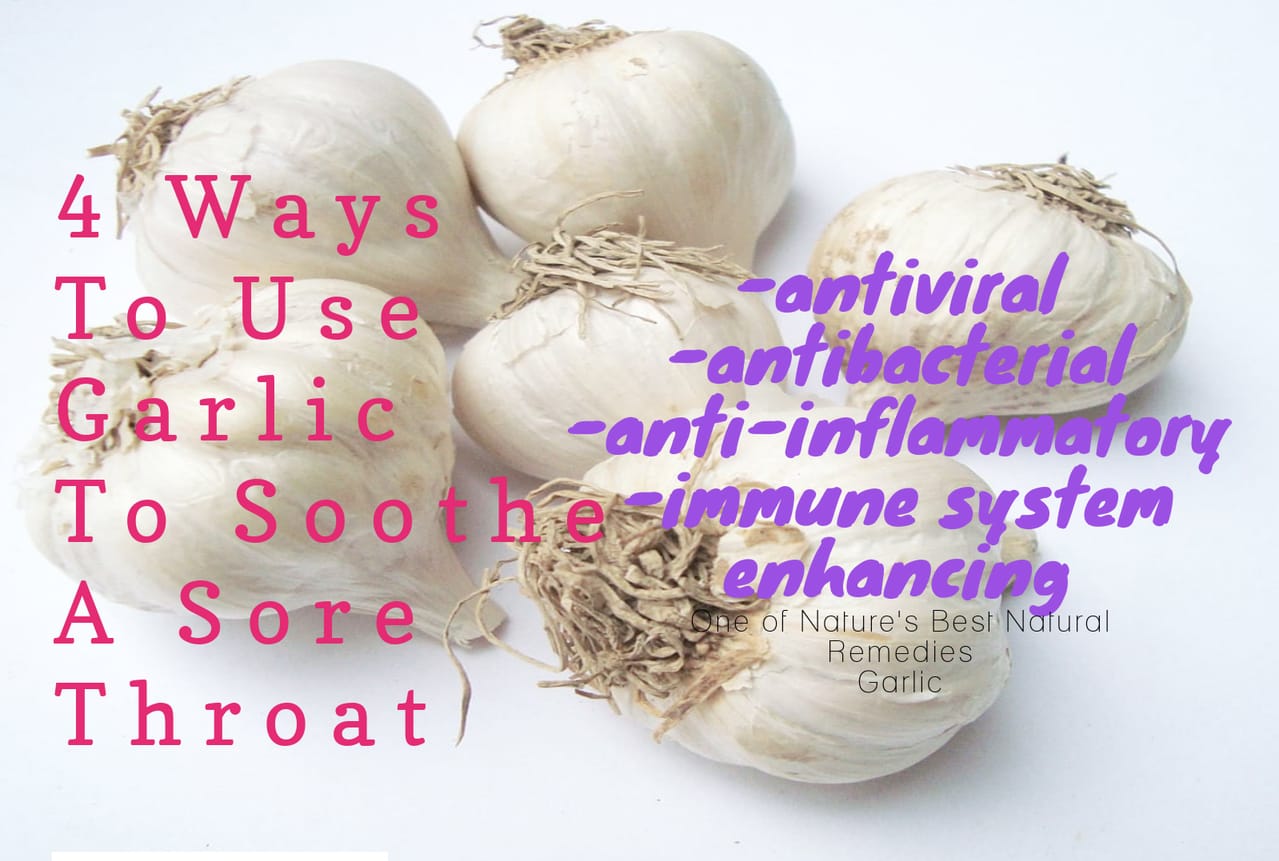
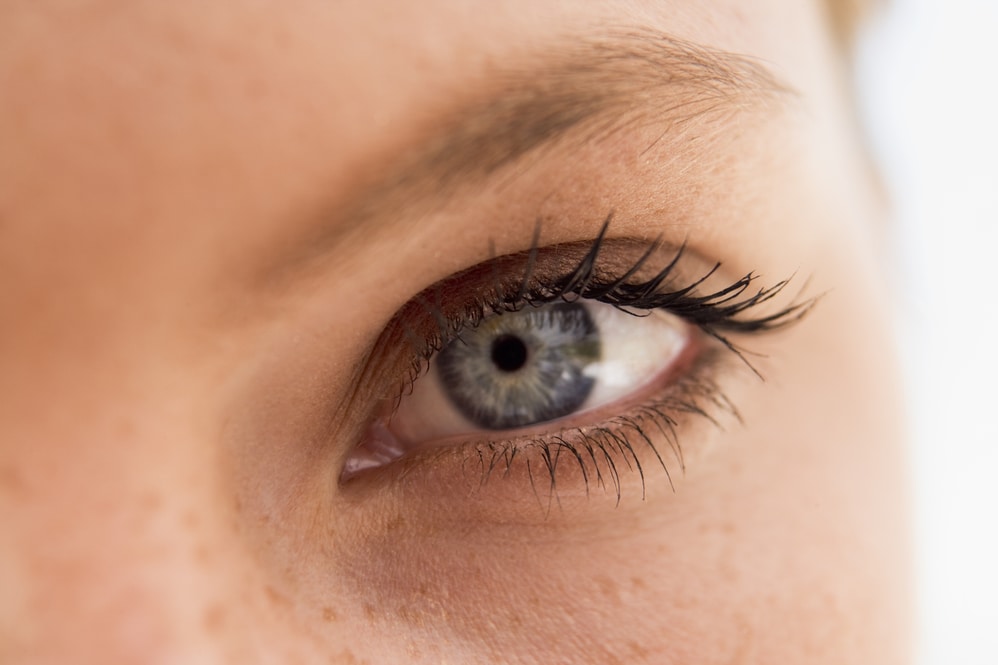
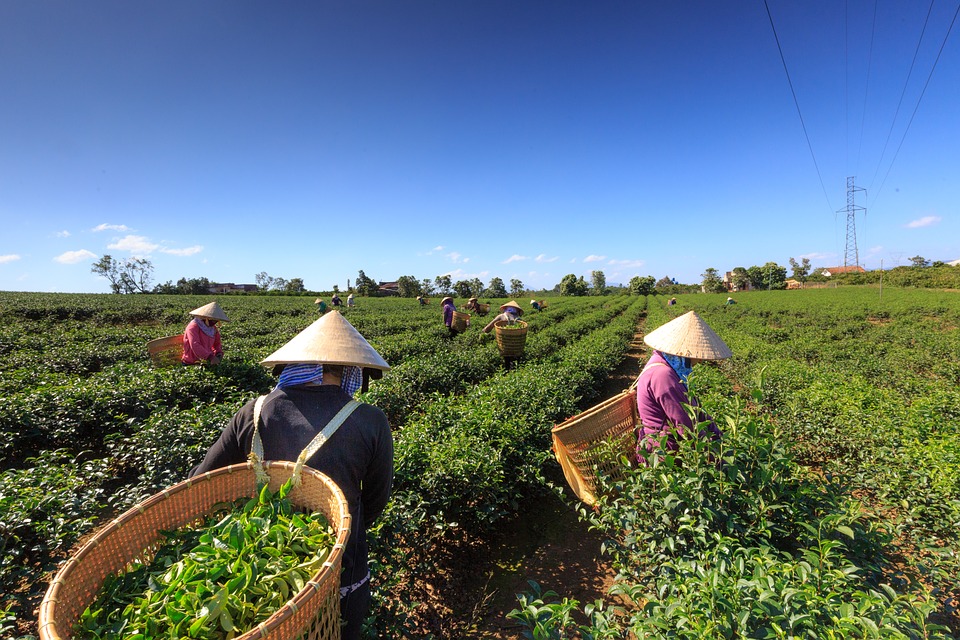
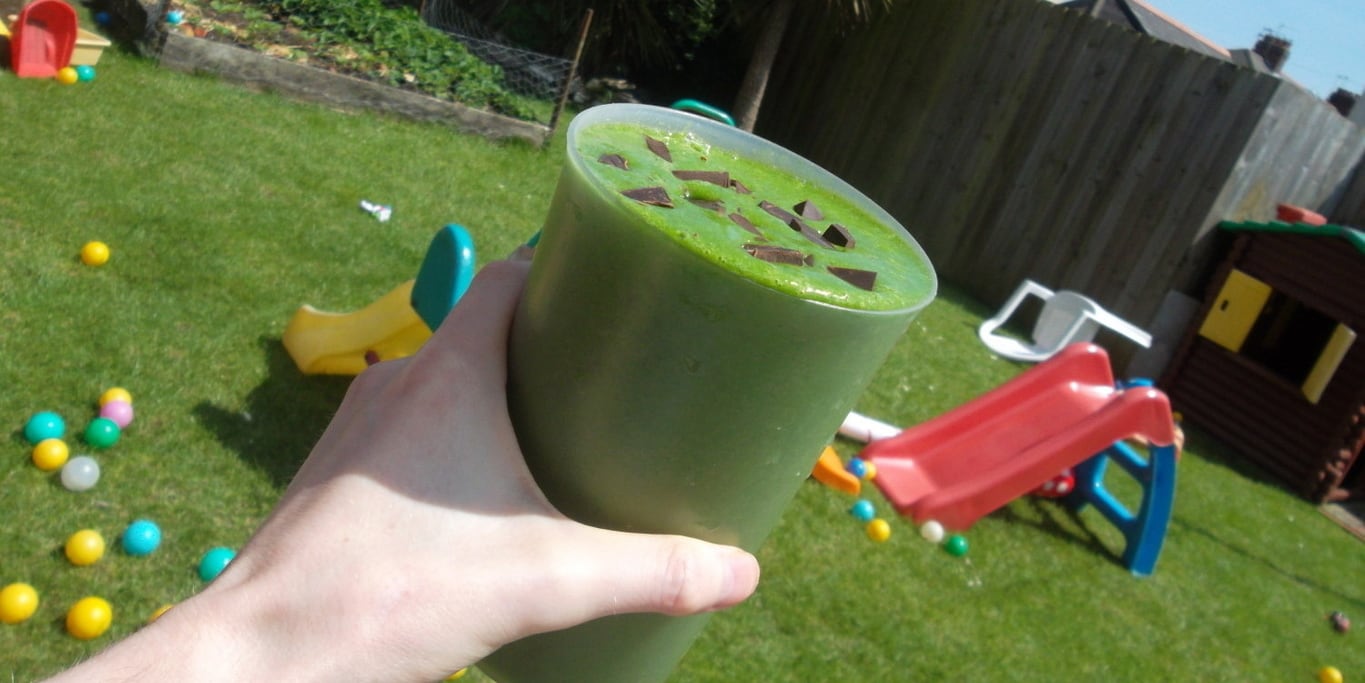
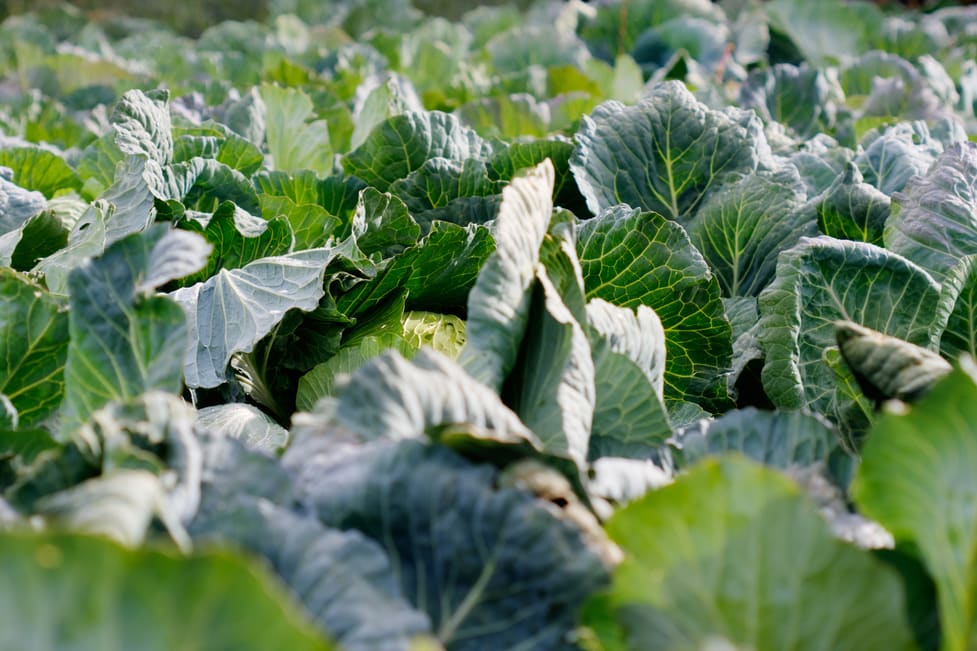
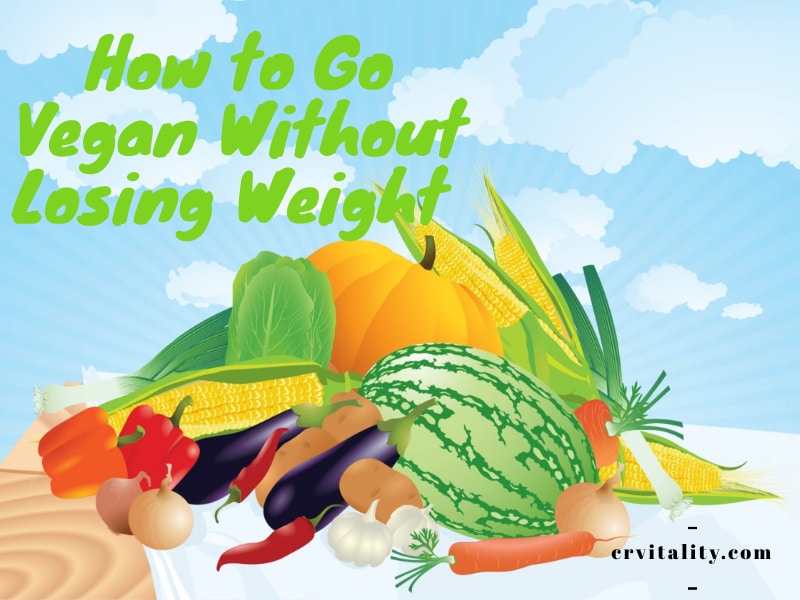
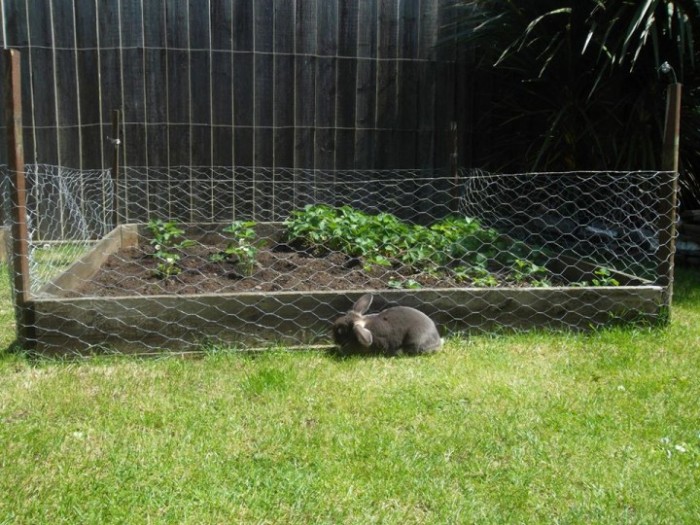
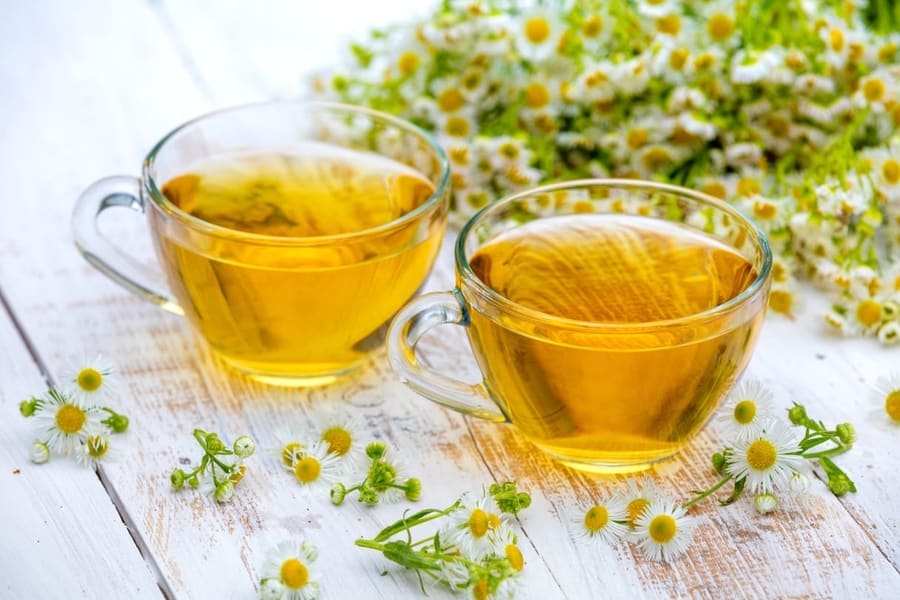
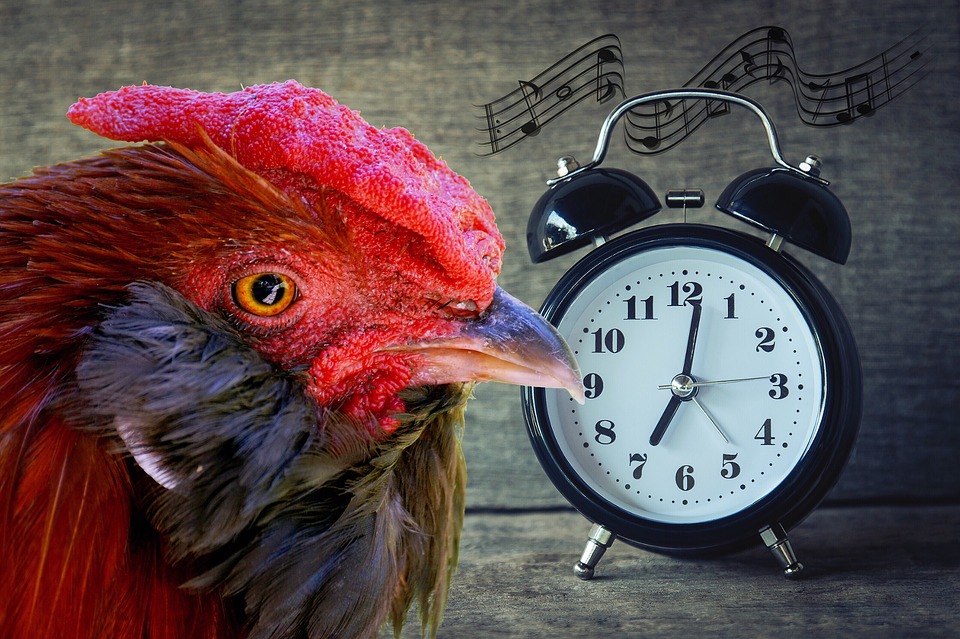
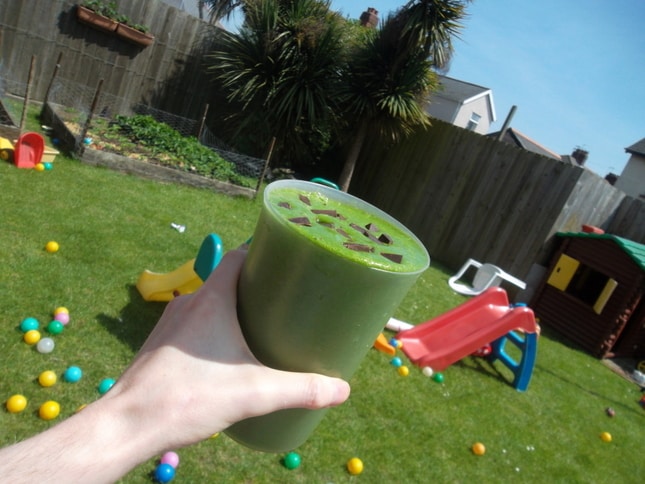
Hello Matt,
Excellent article. I have replaced my milk consumation for 50% with soy now. I do have a question though. I have understood that soy sauce in the supermarket is made with a process called acid hydrolysis, where instead of fermentation of the soy beans the beans are processed with acid. Can you say anything about the way soy milk is made and processed. I cannot find any information about this and I do not like these kind of treatments of food so that’s why I am asking. It probably does not aply to soy milk production but not 100% sure.
Thank you!
Mark from Holland.